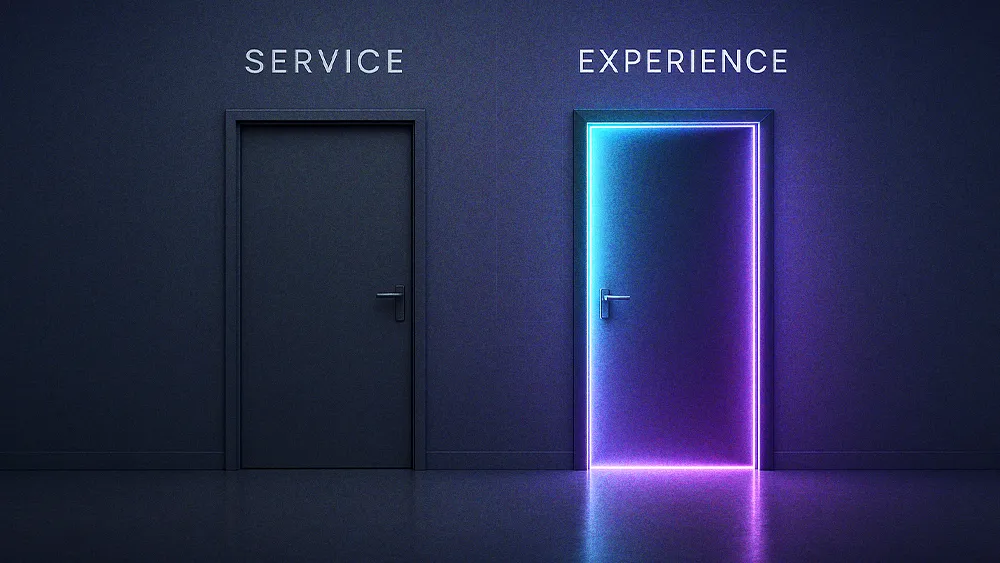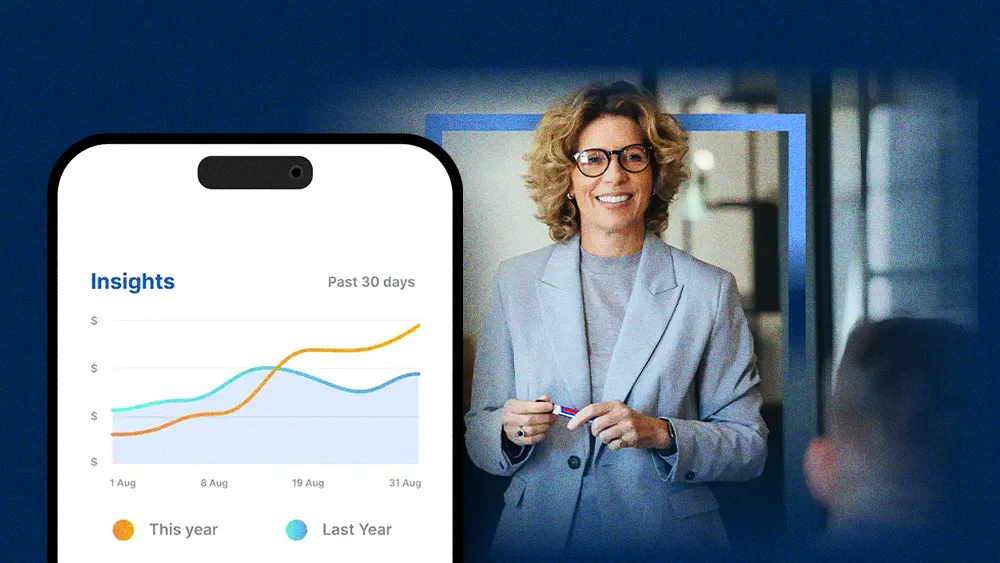
All articles
The Recipe for Success: Inside One Leader's "Cookbook" for CX Management
Cecilie Kalhøj Kobbelgaard, Global Customer Journey Manager at GRUNDFOS, discusses how she solved internal fragmentation with a "cookbook"—a shared framework for scaling customer experience. Learn her playbook for creating a unified CX operating system.

Key Points
For many large companies, the most significant barrier to scaling customer experience is internal fragmentation: different teams use their own tools and methods to understand the customer.
Cecilie Kalhøj Kobbelgaard, Global Customer Journey Manager at GRUNDFOS, explains how she dismantles siloed systems with a shared operational framework called a "cookbook."
She describes how the initiative establishes a common language and methodology for journey management, transforming it from a simple guide into a full-fledged governance program.
With AI integration in journey mapping to enhance insights, strategic decision-making will only become easier for leaders, Kobbelgaard concludes.
We found that nobody in the organization had a shared understanding of customer journey management. It's very hard to create something universal across the company when you don't have a similar language or the same explanations.
For many organizations, the most formidable challenge in scaling customer experience is internal fragmentation. As companies grow, different divisions often develop their own languages and tools to understand customers. But when journey maps are built with varying mindsets and saved in multiple formats, it becomes nearly impossible to create a single, coherent strategy.
For some, the solution is a shared operational framework. With everyone working from the same playbook, progress in one department can be leveraged by all. This challenge is well-known to Cecilie Kalhøj Kobbelgaard, Global Customer Journey Manager at water solutions firm GRUNDFOS. In addition to her role at GRUNDFOS, Kobbelgaard serves as an External Censor for project management and digital concept development at Business Academy Aarhus. With a history of developing new frameworks in both corporate and academic settings, she offers a unique perspective on the theory and practice of service design.
Breaking down her "cookbook" approach, Kobbelgaard shares a recipe for creating a unified system for journey management that can scale across any global enterprise. What began as a personal tool to articulate her own strategy quickly became essential for aligning the entire company. "We found that nobody in the organization had a shared understanding of customer journey management. It's very hard to create something universal across the company when you don't have a similar language."
From guide to governance: To scale the cookbook's principles, Kobbelgaard reframed the initiative from a simple process rollout to a formal change management assignment. "Customer journey management is not new to GRUNDFOS, but it was always applied in different ways. It was in a different setting, with a different mindset, saved in a different place, and in a different format."
Freedom in framework: For Kobbelgaard, the goal is to enable shared learning. She believes that common methods allow the entire organization to build upon the same foundation. "My role is to enable the company to work with customer journey management," she says. "I have to find what standardized methods make sense, because if we don't share how we do it, we won't be able to share what we've done."
This principle is essential in the complex world of B2B, she says. Where a single B2C customer might handle a purchase on their own, a B2B journey involves multiple people "passing the torch." A consulting engineer might specify a product, a contractor purchases it, and an entirely different team uses it.
Detective work: To manage these complex handoffs, Kobbelgaard's team focuses on preparing for the next person in the chain. This ensures a seamless transition by providing what she calls a "lunch pack" of information. "You have to act like a detective," she says, describing the work of identifying every person in the journey and what they value. "The detective work is figuring out exactly who's passing the torch, at what point, and what the differences are between these people."
The living map: Because this detective work is manual and difficult to scale, Kobbelgaard uses AI to create self-updating journey maps. "We look at how we can use AI to make updated maps based on the different sources of insights available," she explains. This shift toward customer journey intelligence aims to turn raw data into an actionable strategy. "If we see that a lot of people are saying the same thing around the globe, it indicates a larger trend. That would give us a whole new dimension of journey mapping."
The AI-driven approach is still in its early stages, Kobbelgaard admits. But the enthusiasm it generates across the company gives her confidence in the direction. At a recent industry event, she learned that a peer was surprised that GRUNDFOS had entered what they considered a "third phase" of journey management, a phase she hadn't even known existed. For her, the moment affirmed her core philosophy that the work is never truly finished. Instead, it's a continuous process of discovery and improvement, she concludes. "Doing customer journey management is a journey, and I bring people along with me. I don't know where we will go, but I know it's going to be a hell of a lot of fun getting there."







